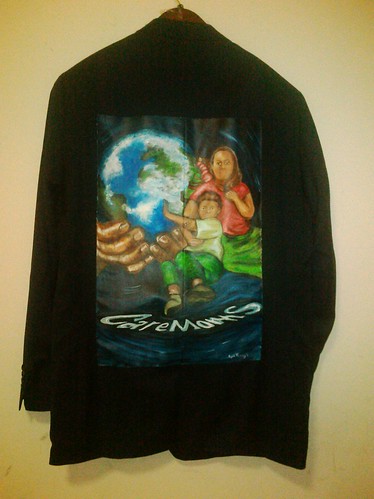For many years patient advocates have worked on greater presence of the patient view in medical conferences both as presenters and attendees. Some of us have pushed even further and asked to be part of the planning stage and design of events or care systems. Many of us have fought for years for mere inclusion.
But the time has come for more than just inclusion. I have attended far too many events that take a step toward including patients where they give us a panel at some odd point in the day or in a basement side hall. I have watched rooms, once filled while the provider panel spoke, empty out as the patient panel begins its presentation. The conference attendees congregate in the hallway drinking coffee and networking while patients speak to half-empty rooms.
Patients’ panels are not just an extra coffee break.
There are people and organizations out there fighting hard for patient inclusion. One of these organizations is TMIT (Texas Medical Institute of Technology). They have been working for more than a year on a healthcare documentary for the Discovery Channel called Surfingthe Healthcare Tsunami: Bring Your Best Board!™ They will premiere that documentary on Friday, April 27th, in Washington, DC. The documentary will be shown at a private screening at The National Press Club from 8:00am -10:00am that morning. Then it will be shown that evening from 6:30-8:00pm as a public premiere with attendees who were in the movie, collaborators with TMIT, and limited general admission.
The film will introduce and close a day devoted to the positive role HIT can play in medicine and patient communication. There will be a patient panel, and it will be integral to the flow of the meeting. The entire Patient Safety and High Performance Leadership in Health Information Technology Summitwill be live-streamed and the twitter handle is #TMITHIT.
Please save the date. If I do not see you there in person, I look forward to reading your tweets.

